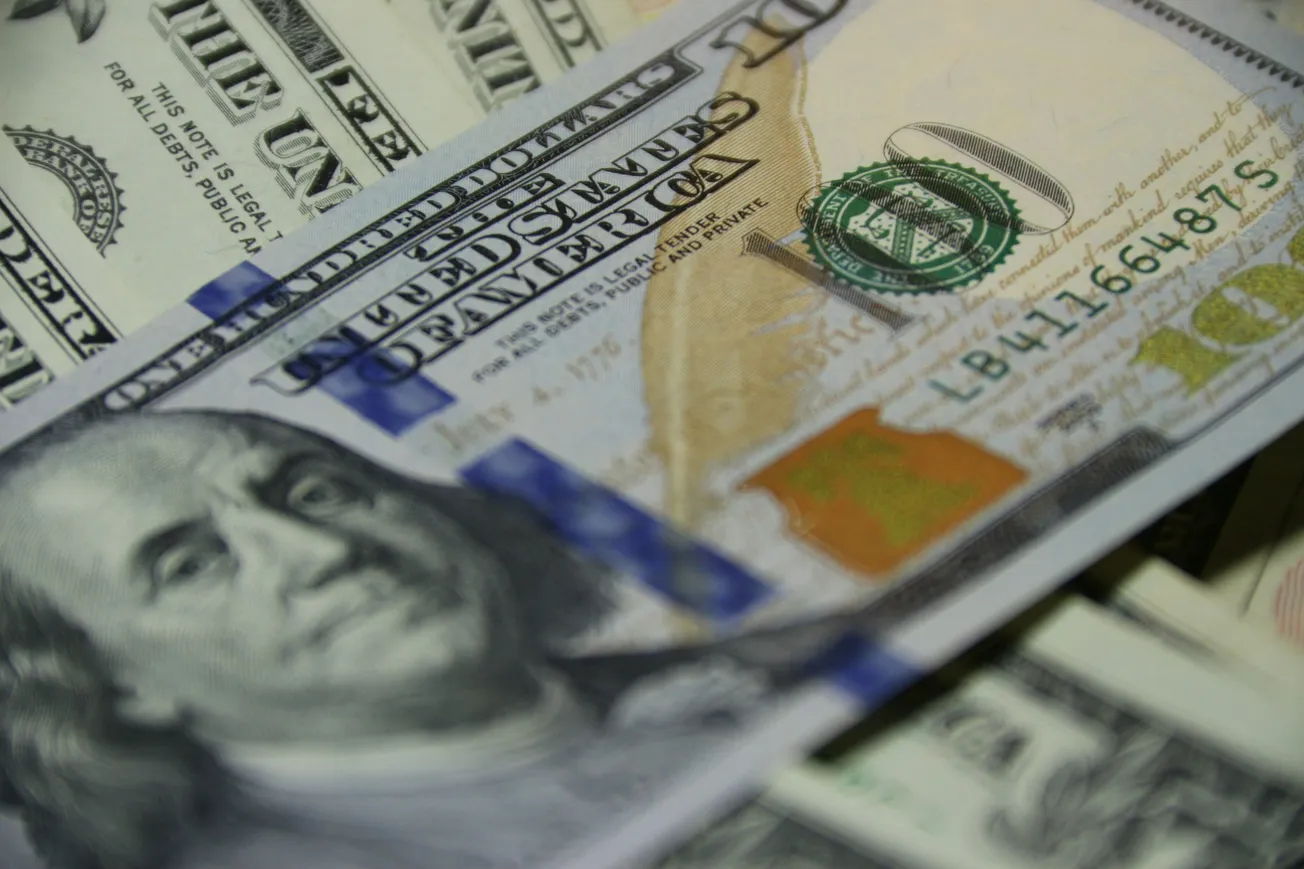Table of Contents
World Liberty Financial will distribute 8.4 million WLFI tokens to early users of its USD1 points program, while highlighting new links to real-world assets. CoinDesk reported airdrop and said allocations will be handled across six exchanges, with eligibility set by each platform. The firm says the campaign rewards adoption of USD1, its dollar stablecoin designed for payments, DeFi, and tokenized asset rails.
The announcement follows WLFI’s broader push into tokenization infrastructure. Earlier this month, Mantle added stablecoin to its tokenization-as-a-service stack, aimed at compliant RWA issuance and faster settlement on an Ethereum layer-2. WLFI argues that USD1 can act as the cash leg for on-chain deals, from private credit to real estate, with instant transfer and reduced counterparty risk.
Leadership has also pointed to property tokenization as a near-term use case. In a recent interview, Eric Trump confirmed plans to tokenize a live real-estate project, saying the goal is to open access to high-value assets through fractional ownership. “We are working to tokenize a real-estate project,” said Eric Trump, Co-founder of World Liberty Financial, describing a path to bring traditional assets on-chain for retail and institutional investors.
Capital backing has grown through 2025. A UAE-based fund purchased tokens worth $100 million earlier this year, signaling regional support for WLFI’s ecosystem spanning stablecoins, governance, and tokenized asset markets. The company says governance tokens will help shape listings, incentives, and integrations as it scales to more networks.
If successful, the airdrop could deepen liquidity for WLFI and encourage more USD1 activity in RWA flows. For real-estate tokenization firms, the message is clear: pairing a stable payment token with clear reward mechanics can speed user onboarding and secondary trading. Market attention now turns to exchange distribution details, geographic eligibility, and how quickly USD1 appears in regulated tokenized-asset offerings.









